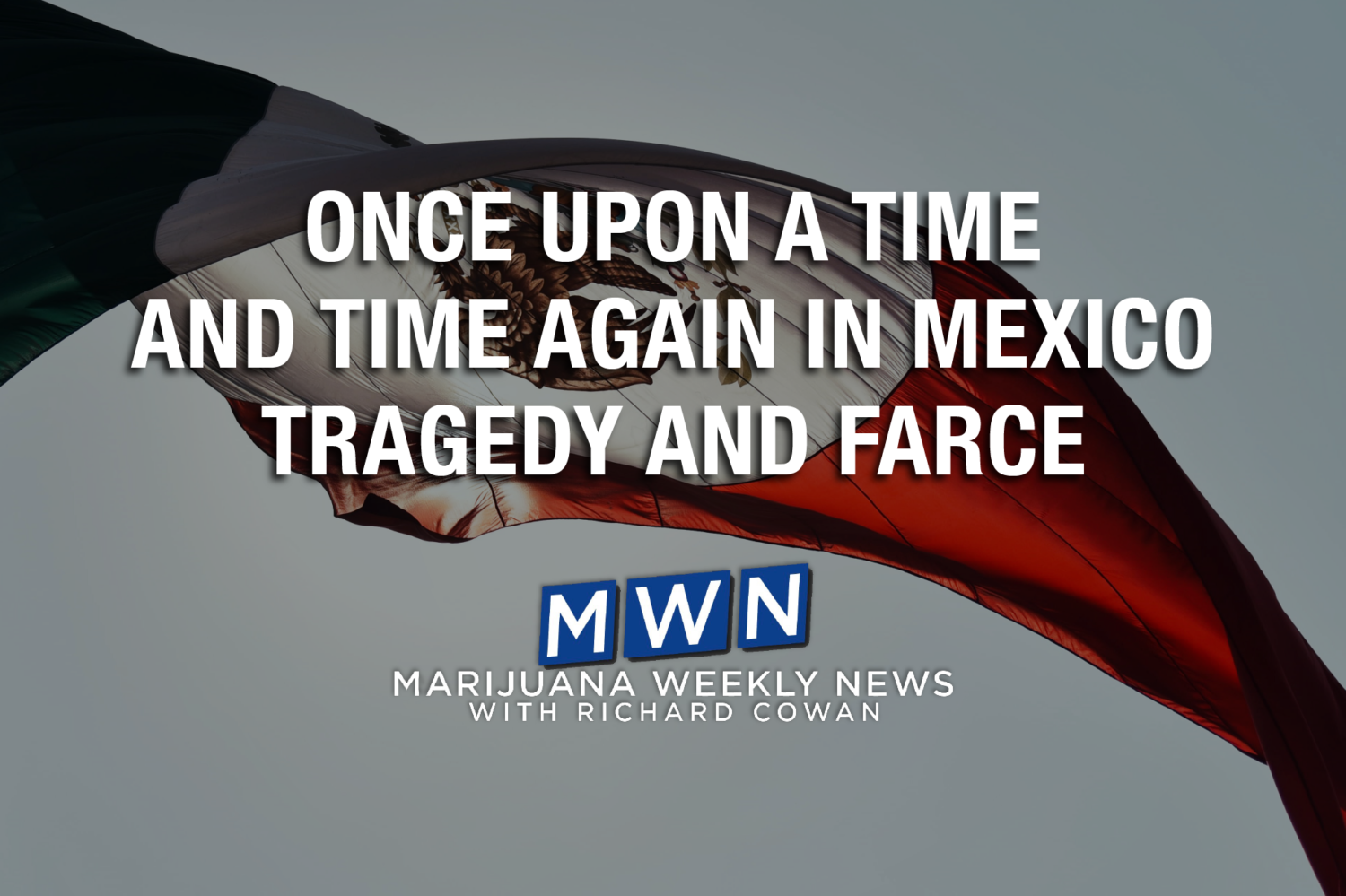
August 13 was the 500th anniversary of the Spanish Conquest of Mexico, and things are as bloody and absurd as ever.
See “Why Was Vice President Harris Greeted With Trump Campaign Signs In Guatemala?”
And “Did Guatemalan Residents ‘Greet’ Harris With Signs Reading ‘Trump Won’?”
This month there are two more stories that add to the absurdity.
First, The Washington Post reported, “Legal U.S. marijuana is pouring into Mexico. It’s pricey, popular and has names such as ‘Bubba Kush.’”
Really? Yep, really. Coals to Newcastle?
Well, as the Post headline suggests, American, especially Californian, marijuana has a cachet, like “French Champagne.” Mexican growers have to worry about the violence of the gangs more than the quality of the weed. On the other hand, smuggling weed south is relatively low risk, with excellent profits.
It is important to note that this story is about LEGAL weed, bought at retail, not from the huge illegal market that is much cheaper, and exists because of high taxes and excessive regulations.
See “Let Artisanal Marijuana Growers Replace The Black Market With Home Grown.”
Of course, while they are not likely to have a major impact on the Mexican market, they may embarrass the Mexican government into complying with their Supreme Court ruling and finally legalize it.
See “Mexico Fails To Legalize Marijuana As Drug War Chaos Grows.”
Read full here:
